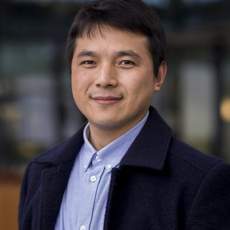Summary of the project
The project has been facilitating challenge-based learning (CBL) for the new course 5LEM0. Students have been required to design, implement, and test a real-life power conversion system, transforming theoretical knowledge from the courses into commercial engineering digital controllers. A flexible experimental platform has been crucial for this practice. The translation of theory into practice has been making students "uniquely equipped to define our future world." However, students have had very limited access to these experimental platforms, hindering their active learning. Therefore, a reconfigurable, flexible experimental platform has been developed in this project, allowing for various operational modes and experiments.
Aim of the project
The aim of applying theory to a flexible experimental platform is to significantly enhance the students' learning experience. They get hands-on experience in designing, implementing, and testing real-life power conversion systems, thereby greatly enhancing their problem-solving skills. Additionally, the flexible experimental platforms have been encouraging the learning process, allowing students to practice the theory at their convenience.
Results and learnings
This project has been involving the development of a reflective experimental assignment based on the iSAP educational approach, which includes five steps (Real-world case, Technical issue & resource, Student design, Expert design, Reflective analysis report). Concurrently, the rubrics for this assignment have been created to encourage students to engage more deeply in the learning process rather than merely aiming for correct results. This method has been tailored to foster the development of self-regulated learning.
Additionally, the project has been encompassing the creation of a library of Q&A videos to guide students about experimental testing setups and practical issues. Furthermore, it has involved building 12 sets of safe and home-based flexible experimental platforms for the renewable power conversion system, to verify the knowledge learned in the classroom using these platforms and to implement new control functionalities for integrating a high penetration level of renewable energies.
